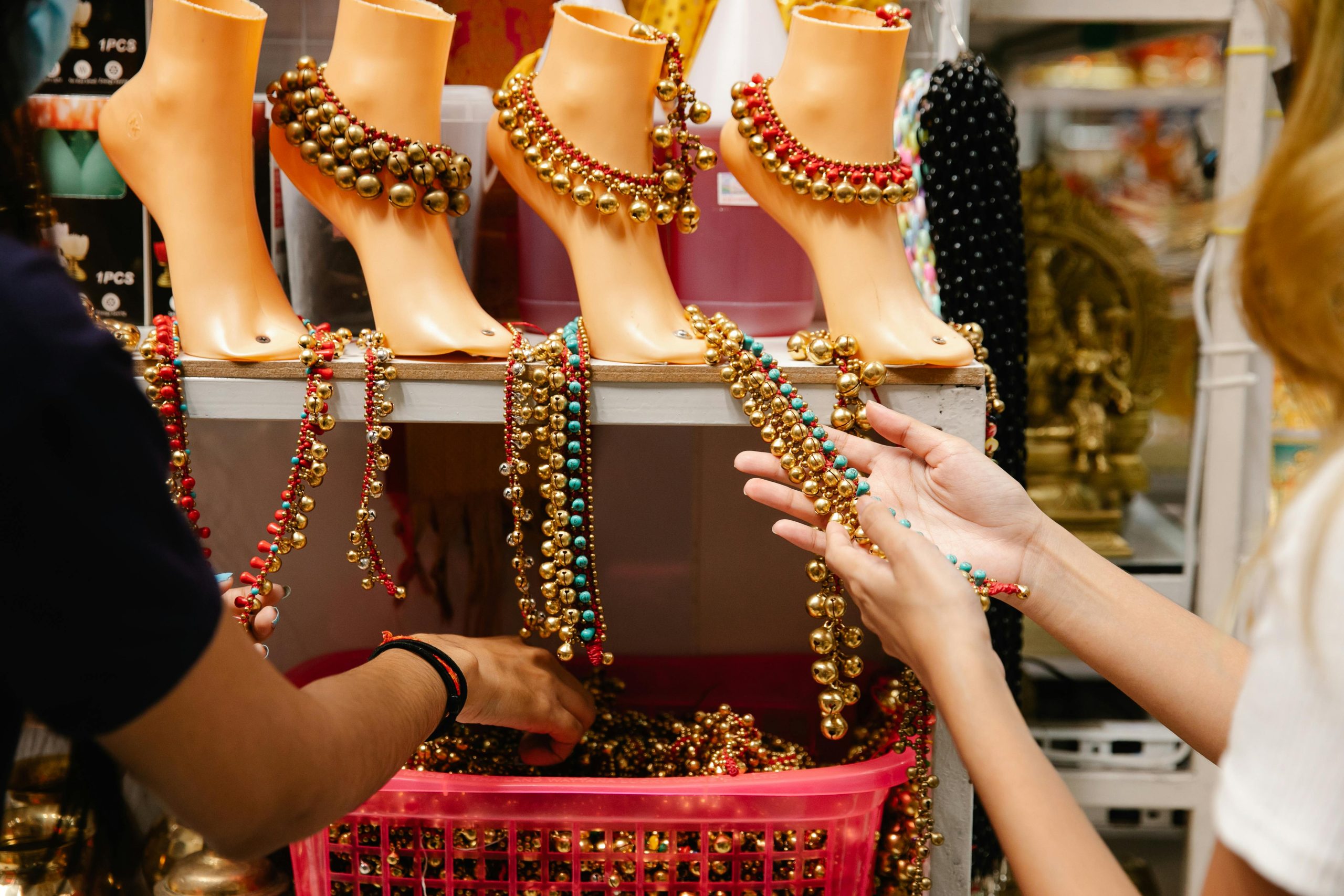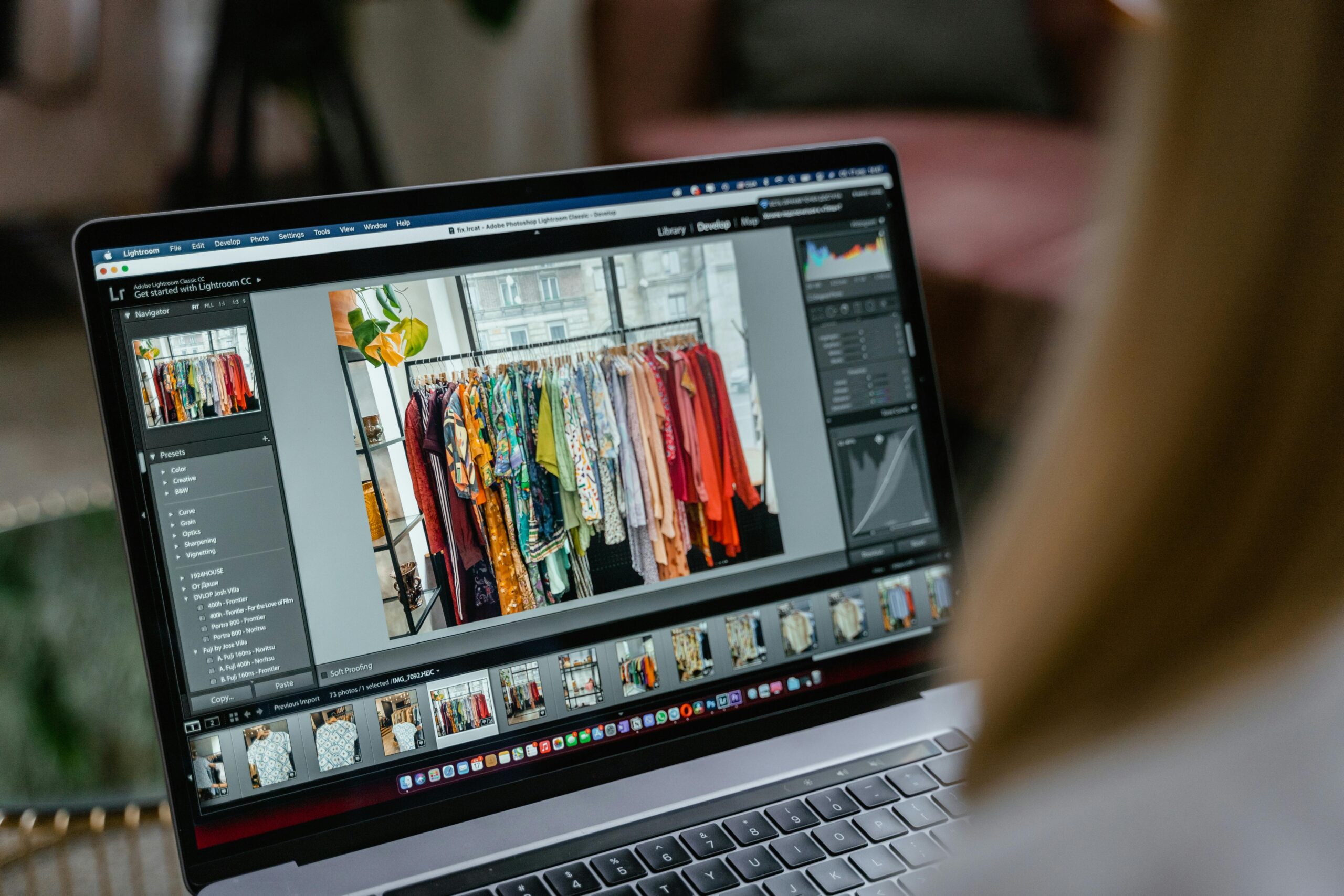Motion Capture in Animation
We’re occupants of an era where the landscape of digital entertainment and filmmaking is continuously evolving. There is no limit to how technological advancements are redefining the possibilities of storytelling. Two powerful tools that are helping in revolutionising these realistic movements are motion capture (mocap) and computer-generated imagery (CGI). It has changed the way characters and scenes can be brought to life. Among both, motion capture has a larger role to play.
What is Motion Capture Technology?
Motion Capture or MoCap is a technology that records the movement of people or objects. In the world of animation, it is used to animate digital characters. It brings virtual characters to life by capturing and replicating human movement with immense accuracy. Whether it’s films, video games or virtual reality experiences, technology has changed the way we create and interact with content. The roots of motion capture can be traced back to the early 20th century. Back then, animators would painstakingly draw each frame and breathe life into characters. However today, technology has changed the approach completely. In the traditional approach, the subtle nuances of movement fell short of accuracy. Thankfully, motion capture came in and changed the face of animation forever. Students too have shown a renewed interest in pursuing bachelor in animation and visual art courses.
How does Motion Capture Work?
Motion capture might seem complicated at first. However, at its core lies its simplicity. The process begins by actors wearing suits covered in sensors. The suits that are adorned with markers are tracked by cameras as they move and perform. Every subtle movement is captured by sensing devices and is converted into digital data. This data is further used to animate 3D models and replicate the actor’s movements in the digital realm. The end result is highly realistic animation. Even the minutest movement is captured. That is the power and beauty of motion capture.
Motion capture doesn’t only rely on specialised technology and sensors. While it is an integral part, data acquisition and processing play an equally important role. Once the MoCap system records movement data, the next step is to remove noise and errors, and make sure every movement is clean. Before releasing the final product, the processed data is manipulated and refined several times. Only then the desired animation outcome can be achieved.
In short, the process of motion capture involves five steps which are – actor preparation, environment setup, movement recording, data cleaning and animation application.
Motion Capture – A Game Changer in the Animation Industry
Motion capture has brought significant changes in the animation industry. The subtle nuances of movement that were previously difficult to achieve are now possible. Audiences too have developed an enhanced liking for animations as they find them more believable now. Let’s look at a few benefits of motion capture:
Authentic movements:
As the name implies, motion capture is all about capturing the little nuances of movement. It definitely makes character animations more realistic. Achieving such detail was extremely difficult through traditional frame-by-frame animation.
Speed and consistency:
Back in the day, animation done by hand would take months to achieve. With new technology, the process can be achieved in hours. Animators specialising in motion capture are more in demand. Directors, producers and filmmakers want to work with young professionals who are proficient in technology such as CGI and MoCap. Another highlight about this is that the results achieved are consistent. Audiences don’t just view or play for the sake of it. They care about subtle facial expressions, body language and emotional expression.
Versatile:
Lastly, motion capture animation results in versatile and realistic movements. Diverse movements can be achieved in animals, humans and other characters. It is particularly useful in complex scenes where multiple characters are interacting. Group movements and interactions can be captured seamlessly.
Challenges of Motion Capture
Despite incredible technological advancements, motion capture continues to face certain challenges. A few of them include:
- Specialised software is required to process information
- Enhanced cost in terms of software and equipment for smaller projects
- Motion capture cannot be recorded if movement doesn’t obey law of physics
- A specific workspace is required for MoCap
Luckily, these challenges are small and can be overcome. The future looks promising with exciting developments ahead. AI has already reshaped animation techniques to be more lifelike. Additionally, virtual reality and augmented reality has also blurred the lines between real and virtual. This has opened up new avenues for filmmaking, storytelling and immersive experiences. Animation institutes in Bangalore offer an array of courses in 3D animation, motion capture, VFX and multimedia.




